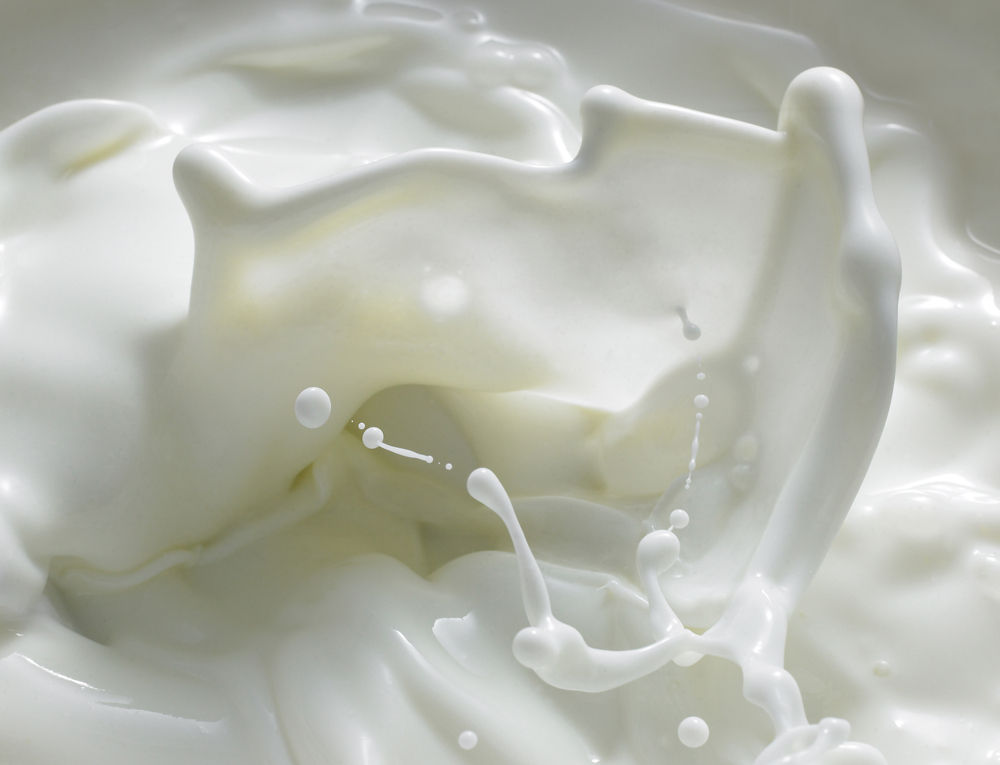Há alguns anos o grupo Inovaleite vem promovendo diversas atividades de pesquisa, transferência e difusão da tecnologia de lácteos concentrados e desidratados. O simpósio “By the whey: tecnologia, nutrição e mercado”, ocorrido entre os dias 16 e 18 de maio de 2018 em Juiz de Fora/MG, foi uma das ações do grupo e ressaltou uma lacuna de publicação científica nacional sobre o tema de “Química e tecnologia do soro de leite”. Na ocasião foram discutidos temas relevantes para a prospecção do uso de soro de leite como uma matéria-prima de alto valor agregado no cenário nacional, sendo esse o norte para a elaboração desse livro. Os esforços dos organizadores desta obra foram em propiciar a construção de um texto, que tivesse não apenas um direcionamento acadêmico, como também industrial.
Dessa forma, o livro começa falando sobre as proteínas do soro do leite, seus aspectos físico-químicos e estruturais. O leitor é introduzido a um breve histórico do processamento do soro, destacando sua evolução de subproduto da indústria de queijos, sendo descartado em rios e destinado à alimentação animal, passando pelo aproveitamento da lactose, até sua valorização como matéria prima para a obtenção de proteínas. Nesse ponto é destacado o elevado valor tecnológico e biológico de suas proteínas, que permitem a elaboração de produtos com texturas e apelos nutricionais diferenciados, além de seu potencial de uso para a obtenção de peptídeos bioativos.
Entendida a importância tecnológica, econômica e de saúde do soro e seus componentes, o livro discorre sobre as possíveis formas de obtenção de soro e seus impactos na composição final do produto (proteínas presentes) e suas consequências em propriedades de aplicação. Por isso o capítulo seguinte trata da aplicação da tecnologia de filtração por membranas tanto no fracionamento dos constituintes do leite e do soro do leite, quanto na remoção de microrganismos e células somáticas, com o objetivo de melhorar a qualidade e segurança desse produto. Efeitos de concentração de constituintes, temperatura, fracionamento e meios de diluição (diafiltração), entre outros, são discutidos nesse capítulo, com o intuito de propiciar o conhecimento necessário para o desenvolvimento de processos que permitam a obtenção de produtos de qualidade e customizados a sua finalidade de aplicação.
O terceiro capítulo aborda as particularidades da secagem de soro de leite e a influência da composição da matéria prima na qualidade do produto final. Cifras de transição no processamento de queijo e a obtenção de soros com diferentes composições estão entre os tópicos discutidos, bem como as diferenças nas etapas de fabricação de soro em pó, em comparação com o processamento de leite em pó.
O capítulo seguinte tem o apoio da empresa GEA, que permitiu que um importante material de referência para os profissionais da área fosse disponibilizado em português. Ficou à cargo dos autores fazer as adequações de linguagem e as considerações quanto à realidade brasileira para que as complexas informações de processo e equipamentos ficassem as mais acessíveis possível para todos os profissionais do setor.
A base de conhecimento para o entendimento do processamento do soro de leite é complementada com o capítulo 5. Os conceitos básicos que permitem o entendimento do processo de secagem são abordados, abrangendo fundamentos de química e física aplicados à secagem de soro, como estado vítreo, transição vítrea e diagrama de Mollier. A secagem de produtos com lactose hidrolisada também é discutida pelos autores.
Os capítulos 6 e 7 versam sobre os produtos obtidos a partir do soro e suas aplicações. Primeiro apresentam-se os concentrados proteicos com suas diversas composições e distintos processos de obtenção, considerando-se ainda os padrões de legislação e as aplicações finais desses produtos. Segue-se uma apresentação da evolução das bebidas lácteas no mercado brasileiro, bem como a classificação desse produto. Os diversos processos de obtenção e processamento das bebidas lácteas são apresentados e as principais alterações do produto discutidas, assim como desafios e oportunidades para esse mercado.
O livro termina com a apresentação e discussão de uma série de técnicas analíticas que podem ser empregadas no controle de qualidade e durante o desenvolvimento de produtos de soro de leite. A ênfase do capítulo final foi em novas metodologias ou metodologias normalmente não empregadas na rotina dos laticínios, como espectroscopias de Infravermelho e Raman, a quimiometria, a calorimetria exploratória diferencial (DSC), a microscopia eletrônica de varredura (MEV) e a difração a laser, entre outras.
Esperamos que este livro contribua para o desenvolvimento do setor de alimentos no Brasil na área da química e tecnologia do soro de leite. Bons estudos!
Química e tecnologia do soro de leite
Observação importante
Este é um livro digital disponibilizado gentilmente pelos autores para a campanha do Milkfund. Após a finalização da sua doação, você receberá um e-mail com todas as informações para baixar o arquivo. Solicitamos que você não compartilhe o arquivo recebido, pois isto dificulta a nossa campanha de arrecadação. Seja parceiro desta ideia!




